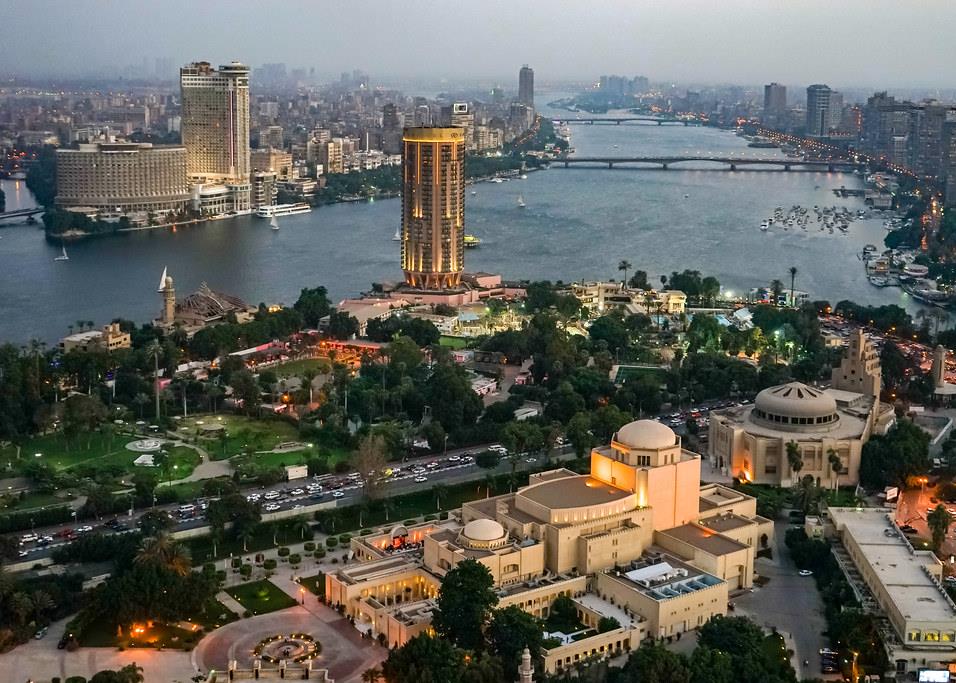
Delayed project will produce more than 6 million barrels a day of treated water for Iraq oil field injection
Bids for the design of the Common Seawater Supply Facility (CSSF), one of Iraqs most important upstream oil facilities, have been pushed back to January.
The facility is critical to Iraqs hopes of expanding its crude oil production capacity, but three years after it was first conceived, no front-end engineering and design (feed) contract has been awarded.
The project covers the construction of a giant seawater treatment facility and pipelines. Worth an estimated total of $10bn, the scheme will supply treated water vital to the countrys oil fields to maintain reservoir pressure.
Engineering firms now have until the end of January to submit their proposals for the schemes design, which is expected to take between 10 and 12 months, say sources close to the project.
US engineering consultants, CH2M Hill was selected for the schemes project management consultancy contract in October 2012, taking the lead from US oil firm ExxonMobil. The company gave a tentative schedule for the projects milestones in a presentation in March, saying feed contracts were expected to be awarded in the third quarter of 2013 and completed by September 2014.
According to the presentation, engineering, procurement and construction (EPC) contracts are due to be signed in early 2015. The facility and pipelines to the field are due to start commissioning in the middle of 2017, about the same time Iraqs oil production capacity increase is due to hit its peak. The facility will supply treated seawater for injection into the fields, allowing international oil companies to produce oil from the deeper Mishrif and Yamama reservoirs.
It will be built in phases, with the first providing 6.7 million barrels a day (b/d) of water for five fields; Zubair, Rumaila, West Qurna-1, West Qurna-2 and Majnoon. Further phases will increase supplies to these fields as well as to the Gharraf, Halfaya and Missan oil fields. Depending on Iraqs targeted oil production levels, the total demand for water could reach 12.5 million b/d.
You might also like...

Red Sea Global awards Marina hotel infrastructure
18 April 2024

Aramco allows more time for MGS package revised prices
18 April 2024

Morocco tenders high-speed rail project
18 April 2024
A MEED Subscription...
Subscribe or upgrade your current MEED.com package to support your strategic planning with the MENA region’s best source of business information. Proceed to our online shop below to find out more about the features in each package.





